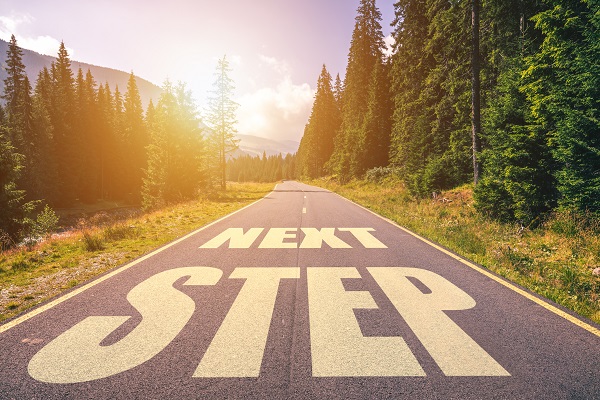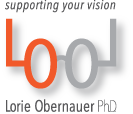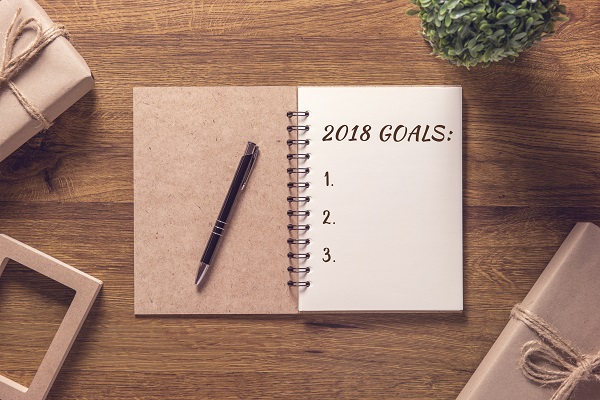YMCA of the Rockies, located near the town of Estes Park and Rocky Mountain National Park, is an ideal vacation, reunion, wedding and conference destination. Come visit and be inspired by our surroundings!
Gina: Hi everyone, welcome to the Harmony Foundation Podcast Series. I’m pleased today to be joined with Adam Johnson, Greg Bunton and Nick Richardson with the YMCA of the Rockies. Welcome guys.
Adam: Thank you.
Nick: Thank you.
Gina: It’s really great to have you here and we’re excited to hear more about what you all do, but before we do that, let’s talk a little bit about your backgrounds and what you do with the Y, so why don’t we start with you first, Greg.
Greg: Well, my name’s Greg. I’m an ordained pastor in a Christian church and I’ve been in full time ministry for about 22 years now. I was serving a church in Oklahoma for 17 years prior to coming out to be the chaplain at the YMCA of the Rockies. In my role out there now, basically I oversee all the religious programing that takes place at the Y, from Sunday morning worship to bible studies to adventure ministry, all the different ways in which we can reach out to our staff and to our guests and provide them an opportunity to engage spiritually while they’re at the YMCA of the Rockies.
Gina: That’s great, sounds very robust. How about you, Adam?
Adam: My name’s Adam Johnson, I’m the associate chaplain at the Y so I get to work with Greg all year around, and my main role is what’s called pastoral care, so get to meet with people all throughout the year, normally have five or six clients every week, have a therapy dog named Reverent Hobs who gets to be animal assistant therapy. So we meet with people and then serve with worship in the Rockies Sundays at 10:00 AM, and then all the other wonderful things we get to do at the Y.
Gina: That’s great, thank you.
Nick: My name is Nick Richardson, I main work in the buildings and grounds department. I am also nationally registered emergency medical technician, I run our emergency medical response department at the YMCA, so we maintain the buildings and the grounds and any emergencies that arise, you’ll see me.
Gina: That’s great.
Nick: Alright.
Gina: You got a big campus to work with.
Nick: We do, we have … We can comfortably sleep about 5000 people at any time, usually in the summer we’re pretty close to that, in the winter we’re a little bit lower, but we …
Gina: It’s like a small town.
Nick: It is a small town, and we run it as such.
Gina: That’s great. So YMCA of the Rockies, 110 years that it’s been in existence, which is really impressive. So Greg, when we talk about what you all offer as far as programs and services, if someone wanted to take advantage of the services that you all have there, what would they be looking at?
Greg: Yeah, so we’re not typically … We’re not your typical swim and gym style YMCA. A lot of times when people hear the word, YMCA, that’s what they think of, but we are a camp and conference center, or a retreat center. We also I guess could consider ourselves like a mountain resort. We can sleep up to 5000 people out there and we have everything from day camp for kids to adventure programing, zip lining, archery, climbing walls, we have a lot of hiking programs out there, a lot of people will come out for vacations as a family and wanna just do some family programing and spend time out there in the mountains. But then we also have a lot of conferences that come out, church groups that come out, family reunions, wedding parties, you name it. People like to come out there, so at any given time, there are multi … It’s like being on a large cruise ship, just not-
Gina: Not on water.
Greg: Going and just not on water. You’re out there-
Gina: In the mountains.
Greg: So you can go to a yoga class and then you can go do a hike-
Gina: And make sure the buffet is there.
Greg: And the buffet, they have-
Gina: You got to have an endless buffet.
Greg: We have a food service out there, so we have three meals a day served in our cafeteria, plus we have a café on site, and then other meal options as well. We have cabins to stay in, we have lodge rooms to stay in, everything from hotel style to cabins that can hold up to 80-some people if they chose to do that. So there is definitely something for everybody in the family.
Gina: Of course, what I love, the best fun fact for me about your Y is you’re the largest Y in the world.
Greg: Yes.
Gina: That’s really impressive for Estes Park and for the community surrounding Colorado. It’s fantastic. So you got great programing, so Adam, let’s talk for a few minutes about the issue of what is the Y’s position in working around things. Obviously my experience with Y is that they’re very focused on trying to get people to be healthy.
Adam: Right.
Gina: Healthy and wellness, and obviously good spirituality is important, so when you’re thinking about the issue of addiction or when you’re thinking about wellness, how does the Y play a part in that?
Adam: The Y, I always have thought about spirit, mind and body, in that triangle of having even parts on that and we’re talking about unhealthy behaviors like addiction, want to strive to help combat that, and that’s why we’re having this conversation here at Harmony, we can partner here in town of Estes Park, but also help find healing for those that need that. We’re having this conversation and also I think just addressing that with the Y’s mission and then also the core values of just caring for our staff, our guests, and then for the community at large.
Gina: A lot of great opportunities for parallel work together, that’s fantastic. So Nick, first time here at Harmony.
Nick: Yes.
Gina: So what’s your thoughts?
Nick: It’s beautiful, it’s a beautiful campus, I like the mixture of the physical buildings and my background in maintenance as well. Very well maintained, I like the mixture of the rustic and the new. Looks very nice, it’s very inviting, everyone I’d met here has been fantastic and really helpful and seems to really be invested in what they’re talking about. More so than the physical property itself, I think the people that I’ve encountered and talked with today really seem, yeah I guess invested would be the best word to really do what’s best for the client or the patient or whoever needs help in partnering with us or with the town, just really the bottom line to get help to people who may need it.
Gina: Thank you, that’s great. Great feedback, we look forward to that partnership with you all. So Adam or Greg, either one, if you knew somebody that wanted to access services at the Y, how could they get in touch with you all?
Greg: Well the best way, we always just direct people to our website, which is YMCARockies.org. You can find everything out about us on that website, and then depending on what it is you’re looking for, if it’s gonna be a group that’s comin’ out or individuals or conference, you’ll be able to find the right link on who you need to get in touch with to start making those arrangements.
Gina: Wonderful, well again, thank you both, all of you for taking the time to come out and visit with us. We really appreciate it, we look forward to the partnership.
Greg: Thank you.[crosstalk 00:07:05].







